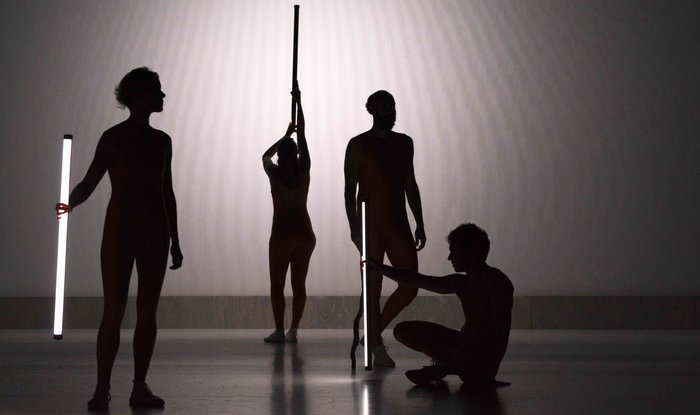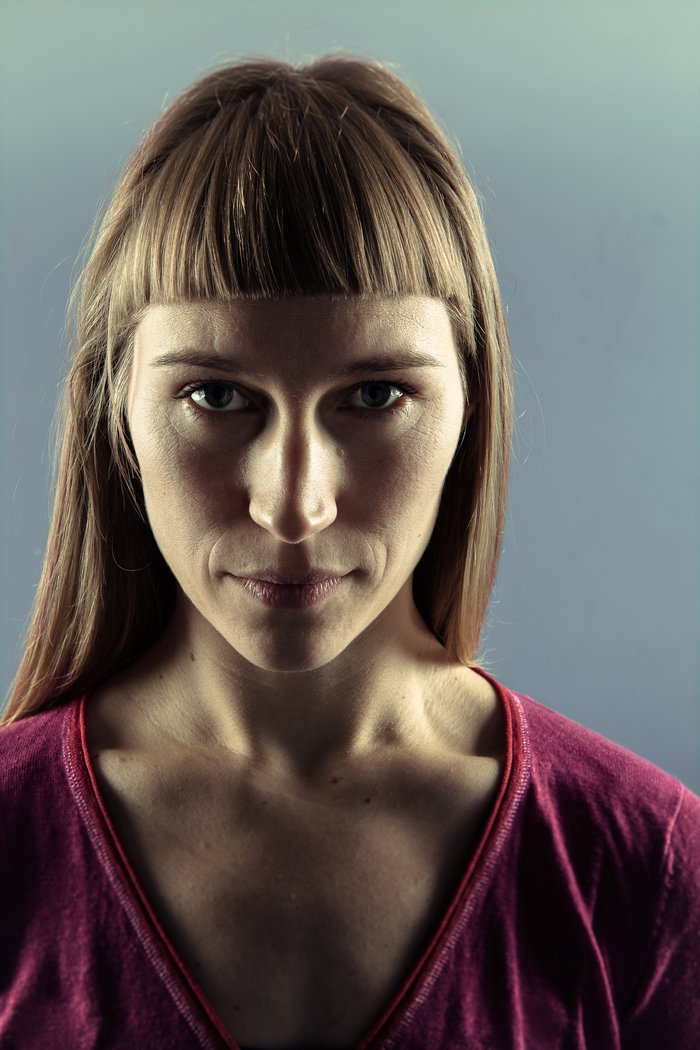The German premiere of “Moving in Concert” by Mette Ingvartsen would have taken place on March 27 during the festival “Spy on Me #2 – Artistic Manoeuvres for the Digital Present”. But due to the coronavirus suspending of the physical programme, the dance piece about a universe where humans, technologies and natural material coexist couldn’t take place at HAU2. Even thought it’s not a replacement of the live performance, you can read here an interview with the choreographer, not only about her latest production.
Could you tell us about the themes you are exploring with “Moving in Concert”?
In “Moving in Concert” we are working on the body’s abstract relation to technology. Or rather, how to understand technology as something that is still active within our bodies even when we are no longer in direct contact with technological extensions. I am particularly interested in how technology influences and transforms the neurological patterns in our brain. How it changes the way we sense, think, live and feel.
In your previous performance series on sexuality, “The Red Pieces”, you already touched on the influence of technology on our bodies, for example by the pharmaceutical industry. Which other aspects from that series are you addressing in this performance?
The idea of non-human agency and the body’s relation to objecthood are themes I was already exploring within “The Red Pieces”, but also even earlier when I was making “The Artificial Nature Series”. “Moving in Concert” started as an attempt to bring together those two strands of research: on the one hand the work I have done on sexuality and the human body, and on the other the choreographies I have made for non-humans. It led me to search for relations between the performativity of humans, technologies and natural materials, and to explore varied forms of co-existence between these elements. What we focus on in this piece is the performativity of humans, technologies and natural materials, and how they coexist on stage.

